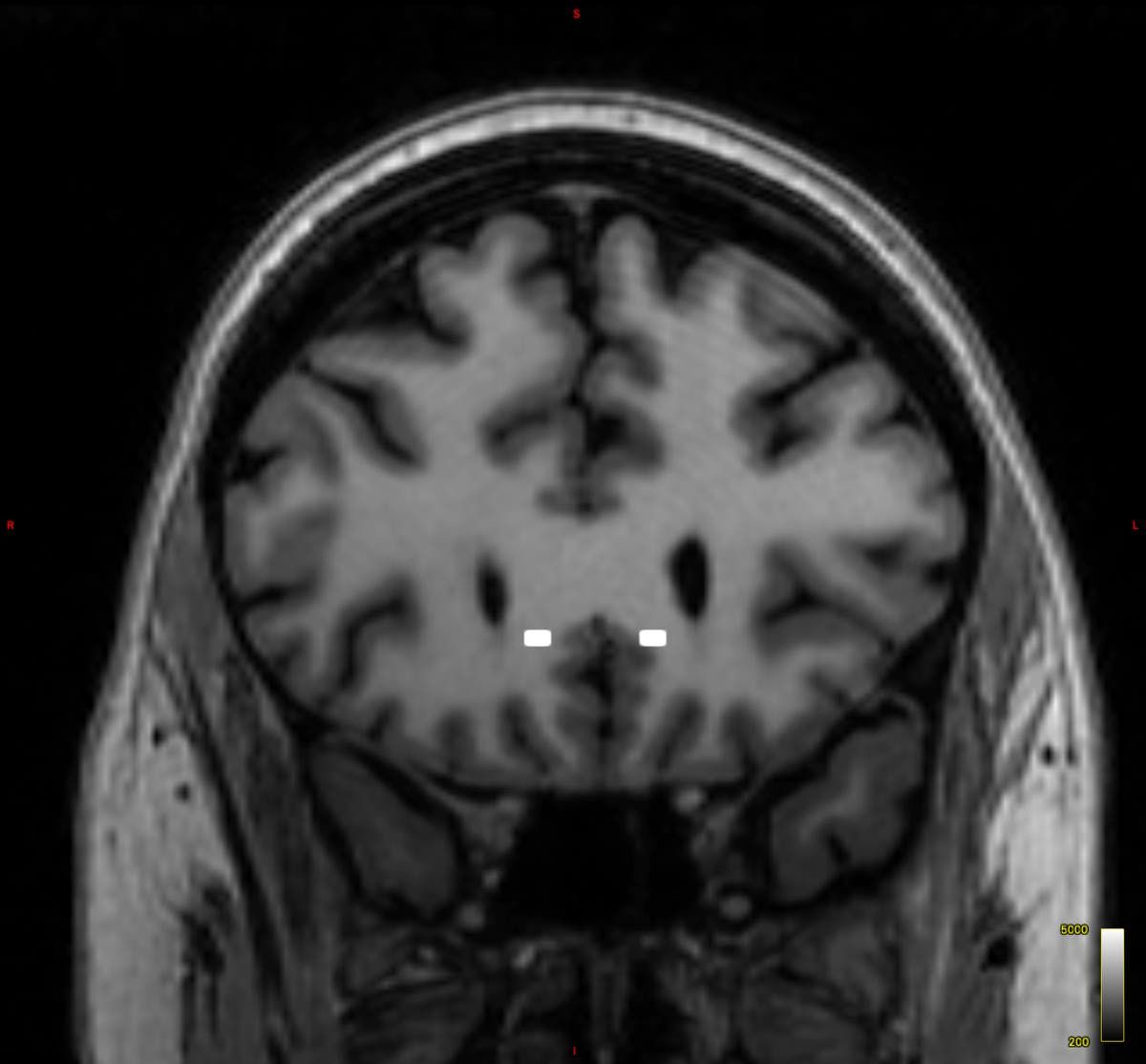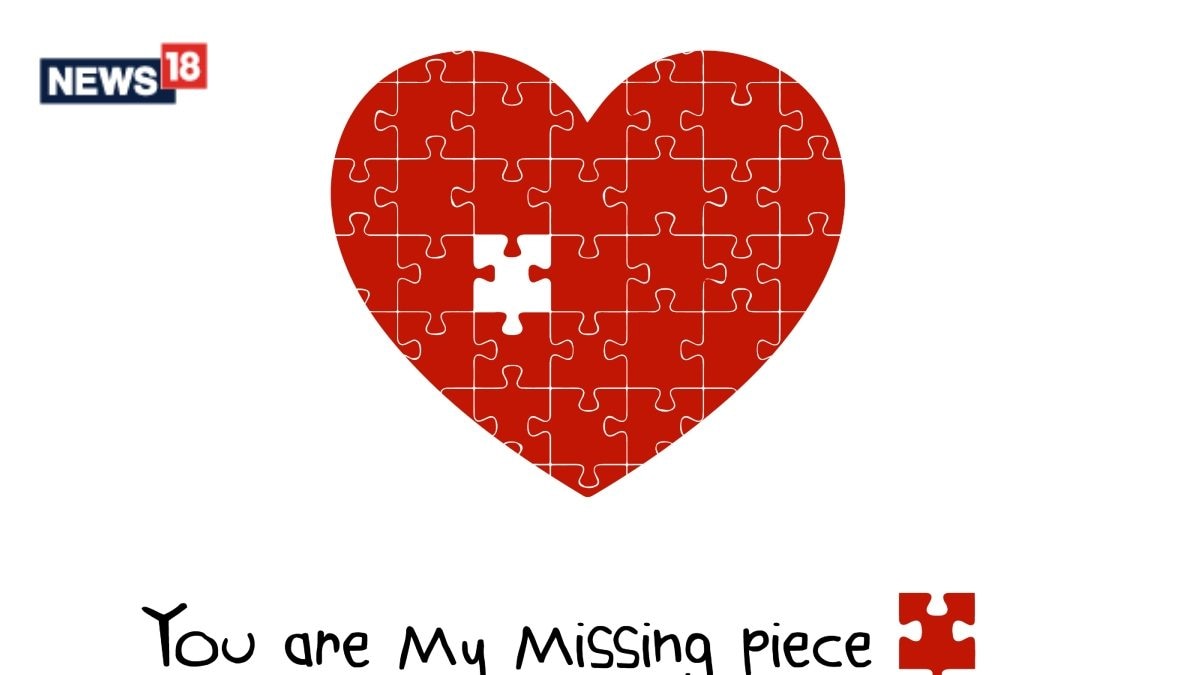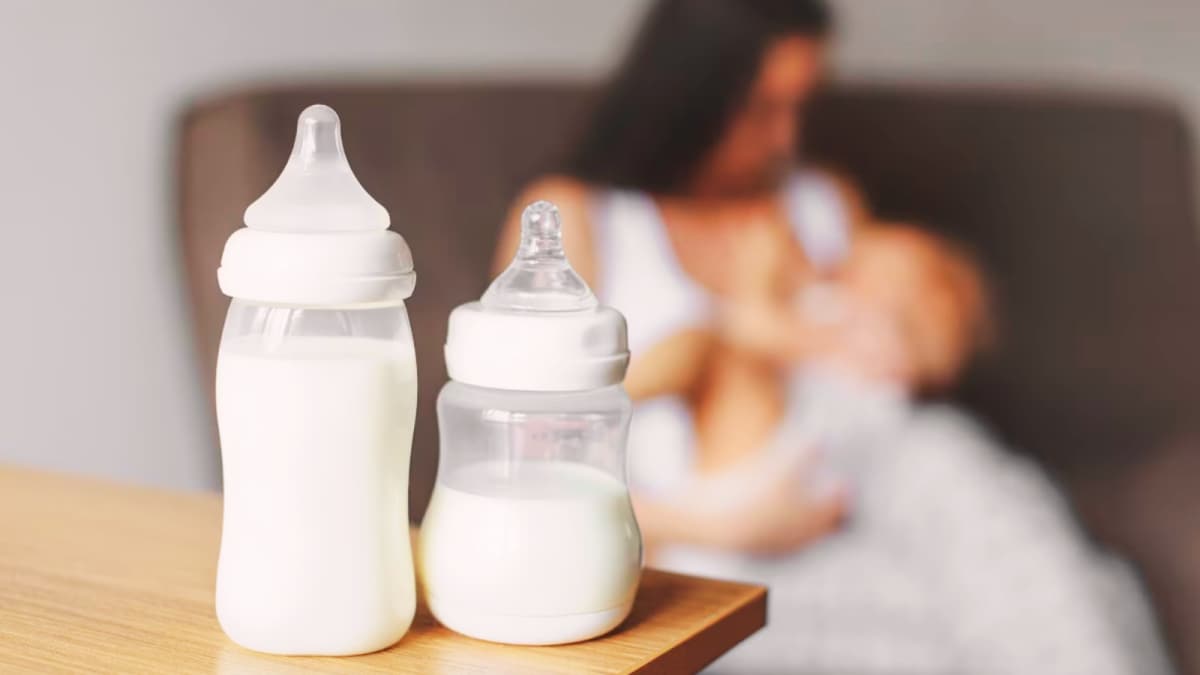Emily Hollenbeck lived with recurring depression that she compared to a black hole, where gravity felt so strong and her limbs so heavy that she could barely move. She knew the disease could kill her. Her parents had taken their lives.
She was willing to try something extreme: implanting electrodes in her brain as part of an experimental therapy.
Researchers say the treatment (deep brain stimulation, or DBS) could eventually help millions of people with depression who resist other treatments. It is approved for conditions including Parkinson's disease and epilepsy, and many doctors and patients hope it will soon be more available for depression.
The treatment provides patients with specific electrical impulses, much like a pacemaker for the brain. A growing body of research is promising, and more is underway, although two large studies that showed no advantage of using DBS for depression temporarily halted progress, and some scientists continue to raise concerns.
Meanwhile, the Food and Drug Administration agreed to expedite its review of Abbott Laboratories' application to use its DBS devices for treatment-resistant depression.
“At first I was impressed because the concept seems very intense. It's like it's brain surgery. You have wires embedded in your brain,” Hollenbeck said. “But I also felt like at that moment I tried everything and was desperate for an answer.”
Emily Hollenbeck, a deep brain stimulation therapy patient, demonstrates an EEG device that records brain activity
Hollenbeck suffered symptoms of depression as a child and grew up poor and occasionally homeless. Her first major fight occurred in college, after her father's suicide in 2009. Another blow during a stint at Teach for America left her nearly immobilized and worried about losing her job in the classroom. She landed in the hospital.
She calls it “an on-again, off-again pattern.” After responding to medication for a while, she would relapse.
He earned a doctorate in psychology, even after losing his mother in his last year of graduate school. But the black hole always came back. At times, he said, she thought about ending his life.
He said he had exhausted all options, including electroconvulsive therapy, when a doctor told him about deep brain stimulation three years ago.
“Nothing else was working,” he said.
She became one of just a few hundred treated with DBS for depression.
(AP)
Hollenbeck underwent surgery while sedated but awake. Dr. Brian Kopell, who directs the Mount Sinai Neuromodulation Center, placed thin metal electrodes in his brain's subcallosal cingulate cortex, which regulates emotional behavior and is involved in feelings of sadness.
The electrodes are connected by an internal cable to a device placed under the skin of the chest, which controls the amount of electrical stimulation and emits constant low-voltage pulses.
Doctors say that electricity speaks the language of the brain. Neurons communicate using electrical and chemical signals.
In the normal brain, Kopell said, electrical activity resonates unhindered throughout all areas, in a kind of dance. In depression, dancers become trapped in the emotional circuits of the brain. DBS seems to “unstick the circuit,” she said.
Hollenbeck said the effect was almost immediate. She just wishes therapy had been there for her parents.
A sample pacemaker-like device, used for deep brain stimulation therapy
(AP)
The path to this treatment dates back two decades, when neurologist Dr. Helen Mayberg led some promising early research.
But setbacks continued. Large studies begun more than a dozen years ago showed no significant differences in response rates between treated and untreated groups.
However, some later research showed that patients with depression had stable, long-term relief from deep brain stimulation when observed for years. Overall, across different brain targets, deep brain stimulation for depression is associated with average response rates of 60%, according to a 2022 study.
The Mount Sinai team is one of the leading researchers of DBS for depression in the U.S. There, a neuroimaging expert uses brain imaging to locate the exact place to place the electrodes.
“We have a template, a blueprint of exactly where we're going to go,” said Mayberg, a pioneer in DBS research and founding director of the Nash Family Center for Advanced Circuit Therapeutics at Mount Sinai.
Other research teams also adapt the treatment, although the methods differ slightly.
Abbott is launching a large clinical trial this year, ahead of a possible FDA decision.
But some doctors are skeptical, pointing to possible complications such as bleeding, stroke or infection after surgery.
Dr. Stanley Caroff, professor emeritus of psychiatry at the University of Pennsylvania, said scientists still don't know the exact brain pathways or mechanisms that cause depression. And it's also difficult to select the right patients for deep brain stimulation, he said.
“I think from a psychiatric standpoint, the science doesn't exist,” he said of DBS for depression.
This series of PET brain scan images provided by Mount Sinai in 2024 shows changes in patient Emily Hollenbeck
(AP)
Hollenbeck acknowledges that DBS has not been a panacea; He still takes medication for depression and needs ongoing care.
He recently visited Mayberg in his office and spoke about his recovery. “It's not about being happy all the time,” the doctor told him. “It's about progress.”
That's what researchers are studying now: how to track progress.
Recent research by Mayberg and others in the journal Nature showed that it is possible to provide a “readout” of how someone is doing at any given moment. By analyzing the brain activity of DBS patients, researchers found a unique pattern that reflects the recovery process. This provides an objective way to observe people's improvement and distinguish between impending depression and typical mood fluctuations.
Scientists are confirming those findings using newer DBS devices in a group of patients that includes Hollenbeck.
She and other participants do their part largely at home. She makes regular brain recordings by logging on to a tablet and placing a remote control on top of the pacemaker-like device she wears on her chest. She answers questions about how she feels. And she records videos, analyzed for things like facial expression and speech.
Deep brain stimulation patient Emily Hollenbeck demonstrates making circles in the air with her arms.
(AP)
From time to time, visit Mount Sinai's “Q-Lab,” where scientists conduct quantitative research collecting all kinds of data, including how you move in a virtual forest or make circles with your arms. Like many other patients, he moves faster now that he is better.
On a recent morning, Hollenback pushed back his hair to reveal scars on his chest and head from DBS surgery, signs of how far he's come.
He takes walks in the park and visits libraries, which were his refuge in childhood. He no longer worries that the challenges of normal life will lead to crushing depression.
“If I hadn't had DBS, I'm pretty sure I wouldn't be alive today,” she said.












